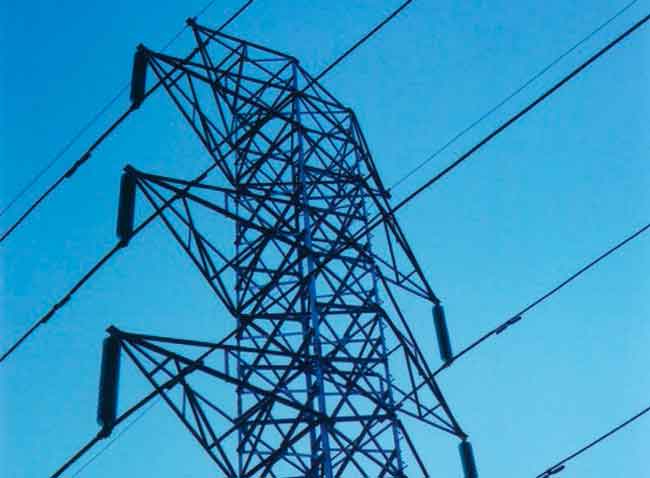South Korea looks to waste for CHP plants
SOUTH KOREA - Though most of South Korea's green power focus will be centered on bioenergy and the best-known renewable energies, such as solar, wind and hydroelectric, combined heat and power plants CHPs also are likely to become standard sources of energy in the coming years.
Ongoing amendments to 2008's First Basic Plan of National Energy have called for firms within the electric power sector to increase the number of CHPs in South Korea to service more customers by 2014.
South Korea is looking to supply district heating to more than 20 of the country's 14 million households by 2014, and seeks to remove electricity from residential heating. The demand for heating and air conditioning increased at least 6 this year in comparison to 2009, and as economic growth is projected to remain on track, the demand for electricity will continue to rise as well. CHPs provide an economically viable solution to both demands through the supply of energy derived from a single source.
Most new CHPs will be fired mainly by natural gas. Korea Southern Power Company Limited KOSPO, a spin-off of Korea Electric Power Corporation, is preparing to begin construction on a 200-megawatt MW CHP in Daegu Metropolitan City, some 200 kilometers southeast of Seoul. Daegu is one of seven independent cities in South Korea and is the third-largest metropolitan area in the country. It is a manufacturing city focused on textiles, metals and machinery, and is one of the major industrial areas of South Korea.
Early last decade, the textile industry began slipping and the population with it. The South Korean government began seeking ways to economically revive the area and began turning Daegu into a seat of green power. Over the years, the government has been shaping it into a solar city, opting to construct the country's first solar tower there. It is also home to the annual International Green Energy Expo and is a major site of energy reform in South Korea. KOSPO plans to begin construction early next year, building the $360 million plant in two phases, and is scheduled to be finished in 2015.
The use of natural gas still leaves South Korea dependent on outside sources for energy, as the country has no substantial natural gas production to speak of. Instead, the future of CHPs could lie in bioenergy. Refuse derived-fuel RDF, already gaining popularity in South Korea, could one day be the major fuel of choice in CHPs. RDF has a caloric value similar to coal, but is much cheaper, as it is derived directly from municipal solid waste.
Coal utilization, clean or otherwise, also leaves South Korea domestically unsound energy-wise, as it seeks self-substantial energy independence. Korea Midland Power Company Limited, another KEPCO derivitive, will begin construction of a 10-MW RDF-fired CHP by the end of the year in Wonju City, about 100 kilometers east of Seoul in Gangwon Province. The $40 million plant is expected to be completed in 2012.
Related News

Scientists Built a Genius Device That Generates Electricity 'Out of Thin Air'
LONDON - They found it buried in the muddy shores of the Potomac River more than three decades ago: a strange "sediment organism" that could do things nobody had ever seen before in bacteria.
This unusual microbe, belonging to the Geobacter genus, was first noted for its ability to produce magnetite in the absence of oxygen, but with time scientists found it could make other things too, like bacterial nanowires that conduct electricity.
For years, researchers have been trying to figure out ways to usefully exploit that natural gift, and they might have just hit pay-dirt with a device they're calling the…




